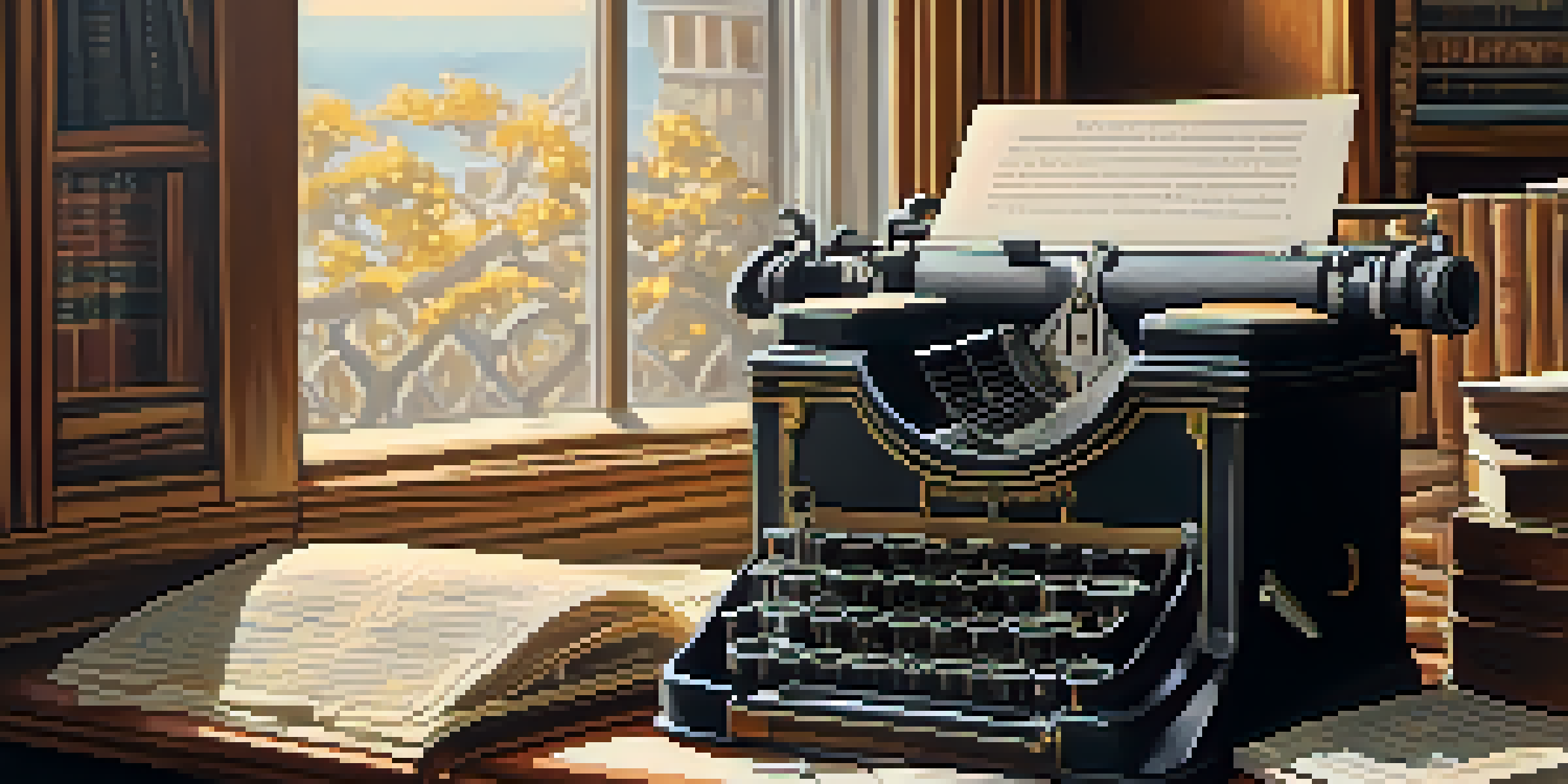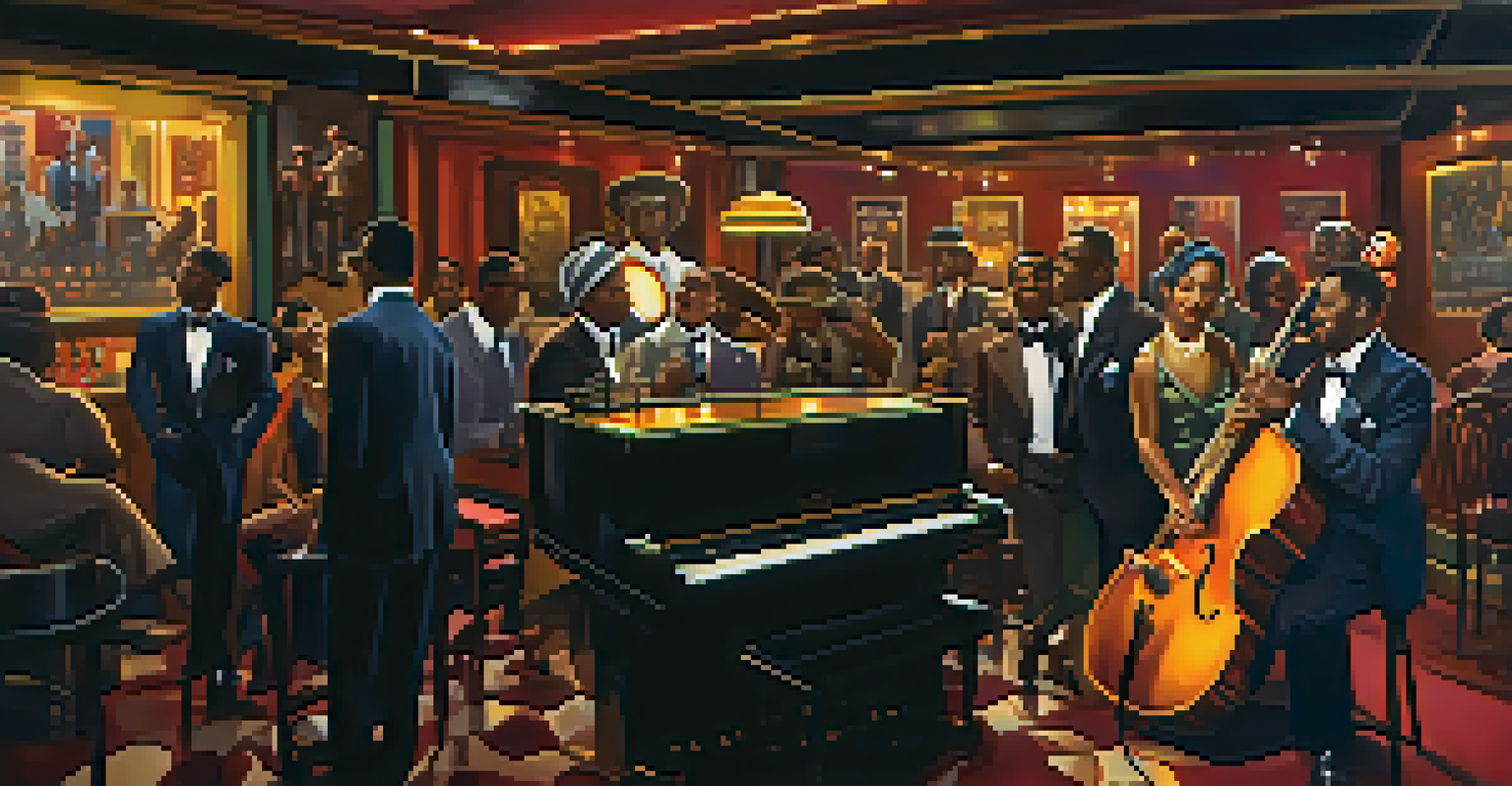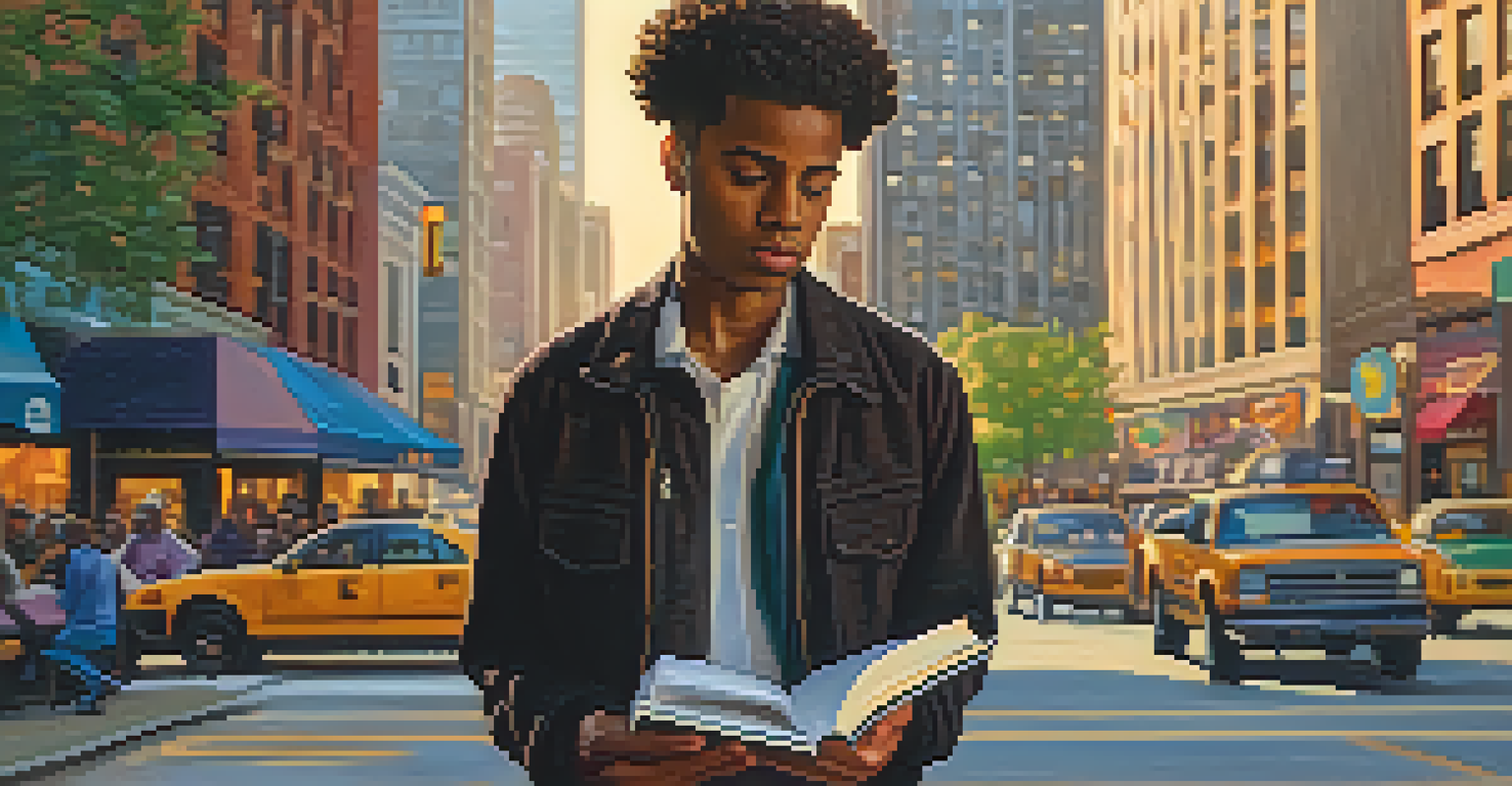The Chicago Renaissance: A Defining Moment in Literature

Understanding the Chicago Renaissance and Its Roots
The Chicago Renaissance was a vibrant period in literature that thrived during the early 20th century, primarily in the 1910s and 1920s. This movement emerged against the backdrop of significant social changes, including the Great Migration, where African Americans moved from rural South to urban Chicago. As a result, the city became a melting pot of cultures, ideas, and artistic expression, laying the groundwork for a literary revolution.
The Negro speaks of rivers. I’ve known rivers ancient as the world and older than the flow of human blood in human veins.
Influenced by the Harlem Renaissance, the Chicago Renaissance focused on the unique experiences of African American life in the city. Writers sought to capture the complexities of urban existence, addressing themes of identity, community, and social justice. This period was marked by a shift from traditional literary forms to more experimental styles, reflecting the dynamic and often tumultuous environment of Chicago.
Key figures such as Gwendolyn Brooks, Richard Wright, and Langston Hughes contributed significantly to this literary movement. Their works not only celebrated Black culture but also critiqued societal norms and racial injustices. The Chicago Renaissance played a crucial role in shaping American literature, as it amplified voices that had long been silenced.
Prominent Authors of the Chicago Renaissance
Several influential authors emerged during the Chicago Renaissance, each bringing a distinct voice and perspective to the literary landscape. Gwendolyn Brooks, for instance, became the first African American to win a Pulitzer Prize for her poetry, which often highlighted the struggles and triumphs of everyday life in Chicago's neighborhoods. Her work resonated deeply with readers and provided a platform for other young writers.

Richard Wright's novels, particularly 'Native Son,' offered a stark portrayal of systemic racism and the complexities of the African American experience. His gritty narratives challenged readers to confront uncomfortable truths about society, making his work a cornerstone of the Chicago Renaissance. Wright's bold storytelling laid the groundwork for future generations of writers to address social issues through their art.
Cultural Melting Pot in Chicago
The Chicago Renaissance emerged as a vibrant literary movement driven by the Great Migration, where African Americans transformed the city into a hub of diverse cultural expression.
Langston Hughes, a key figure in both the Harlem and Chicago Renaissances, infused his poetry with jazz rhythms and blues influences. His focus on the African American experience and cultural heritage made him a pivotal voice during this time. Hughes's ability to blend personal and political themes in his work helped elevate the narrative of Black life in America.
The Role of the Arts in the Chicago Renaissance
The Chicago Renaissance was not limited to literature; it also encompassed various art forms, including visual arts, music, and theater. Artists and musicians began to collaborate, creating a rich cultural tapestry that reflected the vibrant community in Chicago. This artistic synergy fostered a sense of belonging and pride among African Americans, providing a platform for their voices to be heard.
I am my own best work—a series of road maps, reports, recipes, doodles, and prayers from the front lines.
Jazz music, in particular, played a significant role in shaping the cultural landscape of the Chicago Renaissance. The city's jazz clubs became hubs of creativity, where musicians and poets would gather to share their work and inspire one another. This lively atmosphere encouraged the blending of artistic disciplines, further enriching the literary movement with musical influences.
The visual arts also flourished during this time, with artists like Archibald Motley capturing the essence of urban life through their work. Motley's portraits of African American culture and society highlighted the beauty and complexity of the community, complementing the literary narratives of the era. Together, these artistic expressions formed a collective identity that defined the Chicago Renaissance.
Themes Explored in Chicago Renaissance Literature
Literature from the Chicago Renaissance often grappled with themes of identity, displacement, and social justice. Writers sought to explore the duality of their existence as African Americans navigating a predominantly white society. This exploration allowed authors to delve into the complexities of their heritage, highlighting both the challenges and the resilience of their communities.
Another prominent theme was the experience of migration and urban life. Many works depicted the struggles of individuals who had moved to Chicago in search of better opportunities. The clash of cultures and the quest for belonging were prevalent subjects, as writers painted vivid pictures of life in the city, capturing both the excitement and the harsh realities of urban existence.
Influential Authors Shaping Narratives
Writers like Gwendolyn Brooks, Richard Wright, and Langston Hughes played pivotal roles in capturing the complexities of African American life and challenging societal norms through their works.
Additionally, literature from this period often addressed issues of race and inequality. Authors used their pens as tools for social change, shedding light on the systemic injustices faced by African Americans. By weaving these themes into their narratives, they not only entertained readers but also educated them about the pressing issues of their time.
Impact of the Chicago Renaissance on Modern Literature
The Chicago Renaissance left an indelible mark on the landscape of modern literature, influencing countless writers who followed in its wake. Its emphasis on authentic representation and the exploration of marginalized voices paved the way for future literary movements. Today, contemporary authors continue to draw inspiration from the themes and styles established during this transformative era.
Writers such as Toni Morrison and Zadie Smith have acknowledged the impact of the Chicago Renaissance on their work, citing the importance of storytelling as a means of cultural expression. The movement's legacy can be seen in the way modern literature embraces diversity and challenges societal norms, reflecting the ongoing struggles for equality and justice.
Moreover, the Chicago Renaissance has become a point of reference for discussions about race, identity, and the role of art in social change. As scholars and readers revisit this period, they recognize its significance in shaping not only African American literature but also the broader American literary canon.
Preservation and Celebration of the Chicago Renaissance
In recent years, efforts to preserve and celebrate the Chicago Renaissance have gained momentum. Literary festivals, art exhibitions, and educational programs have emerged to honor the contributions of writers and artists from this vibrant period. These initiatives aim to keep the spirit of the Chicago Renaissance alive, ensuring that its legacy continues to inspire new generations.
Institutions like the Chicago Public Library and various cultural organizations host events that highlight the works of Chicago Renaissance authors. These gatherings not only celebrate literature but also foster discussions about its relevance in today's society. By engaging the community in these conversations, organizers hope to inspire a renewed appreciation for the rich artistic heritage of Chicago.
Legacy of Social Justice Themes
The themes of identity, displacement, and social justice explored during the Chicago Renaissance continue to influence modern literature and discussions about race and equality.
Additionally, the rise of digital platforms has made it easier for audiences to access and explore the works of Chicago Renaissance writers. Online archives, podcasts, and virtual book clubs allow a broader audience to connect with this important literary movement. By embracing technology, advocates for the Chicago Renaissance are ensuring that its contributions to literature remain accessible and relevant.
The Chicago Renaissance: A Lasting Legacy
As we reflect on the Chicago Renaissance, it becomes clear that its influence extends far beyond its initial timeline. The movement not only transformed literature but also paved the way for subsequent generations of artists and writers to express their truths. Its commitment to authenticity and social justice continues to resonate in contemporary discussions about race and identity.
The Chicago Renaissance serves as a reminder of the power of storytelling to effect change. By giving voice to the experiences of marginalized communities, writers from this period challenged the status quo and sparked important conversations. Their courage to confront societal issues through art has inspired countless individuals to use their own voices to advocate for justice.

Ultimately, the legacy of the Chicago Renaissance is one of resilience and creativity. It stands as a testament to the enduring strength of community and the vital role of art in shaping our understanding of the human experience. As we celebrate this remarkable era, we honor the writers and artists who dared to dream and inspire change through their work.